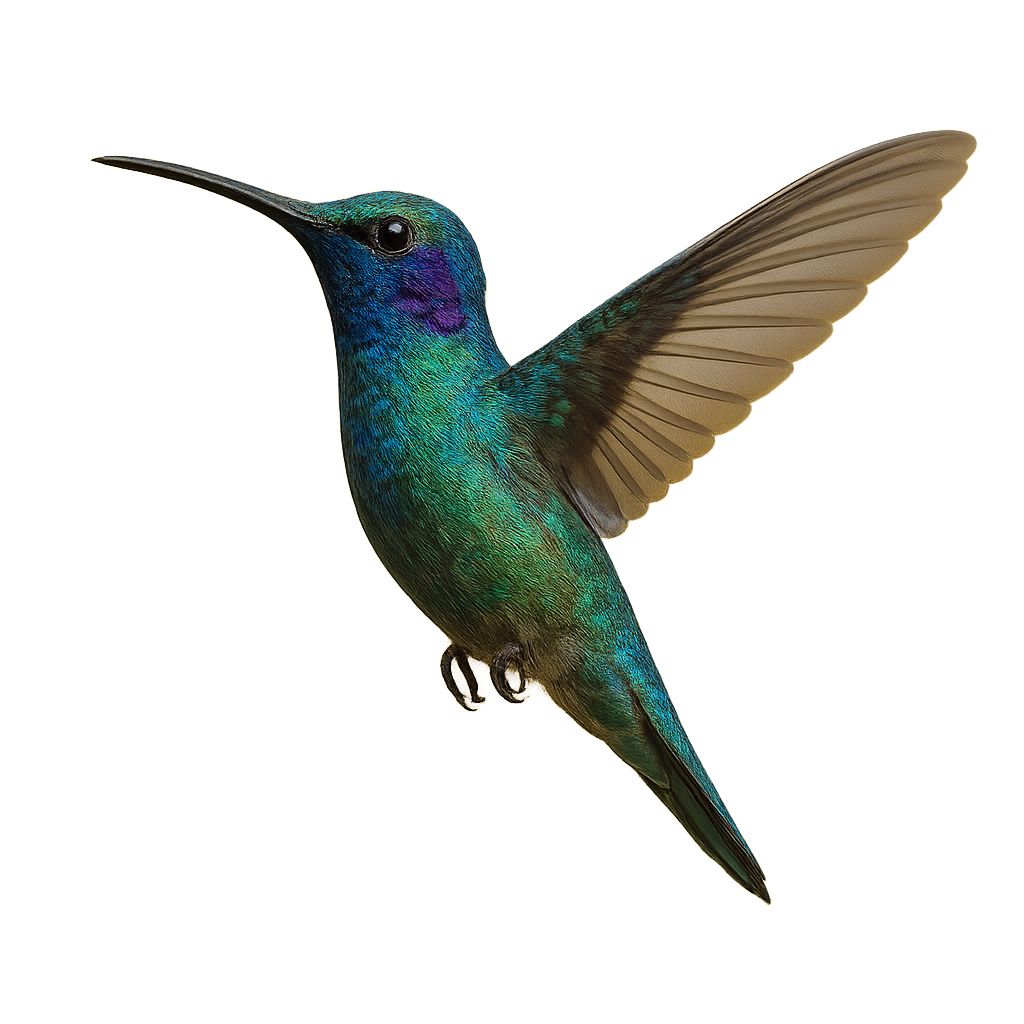Observe and photograph a species in its natural habitat
Learn where and when to observe a species in the wild, how to recognize it in the field, and what habitats it lives in. Get photography tips adapted to its behavior and capture stunning images without disturbing the animal. For full details, open the complete profile in the WildlifePhotographer app.
Hummingbird
Scientific name: Trochilidae

IUCN Status: Least Concern
Family: TROCHILIDAE
Group: Birds
Shyness: Suspicious
Safe distance: 5 m
Breeding season / Courtship: 01.03-31.07
Gestation: N/A
Births: 01.05-31.08
Habitat:
Tropical forests, garden areas, and meadows, especially in regions of Central and South America
Description:
Hummingbirds, members of the Trochilidae family, are small birds exceptionally known for their ability to hover in place due to their rapid and agile wing beats. These birds are characterized by their iridescent plumage, which varies from green and blue to red and purple, depending on the species. Their small size and high energy make them easily recognizable. Hummingbirds are primarily found in tropical and subtropical regions of the Americas, from Canada to the southern parts of South America.
They primarily feed on nectar that they gather from flowers, using their long slender beak and extendable tongue to reach the food. In addition to nectar, they also consume insects and spiders for protein. Due to their high metabolism, they must feed frequently throughout the day. Hummingbirds play a key role in pollinating flowering plants, thus contributing to the biodiversity of their habitats. While their population is generally stable, some species are threatened by habitat loss and climate change.
Recommended lens:
>=100 mm
Photography tips:
Ready to take action?
Choose your platform and start your free trial today



